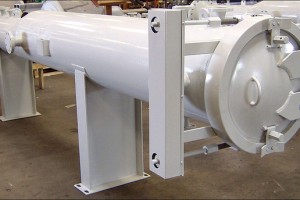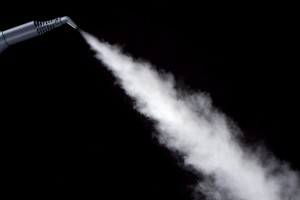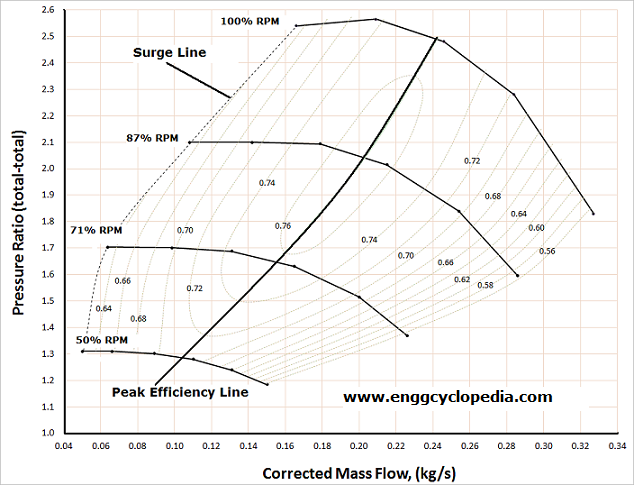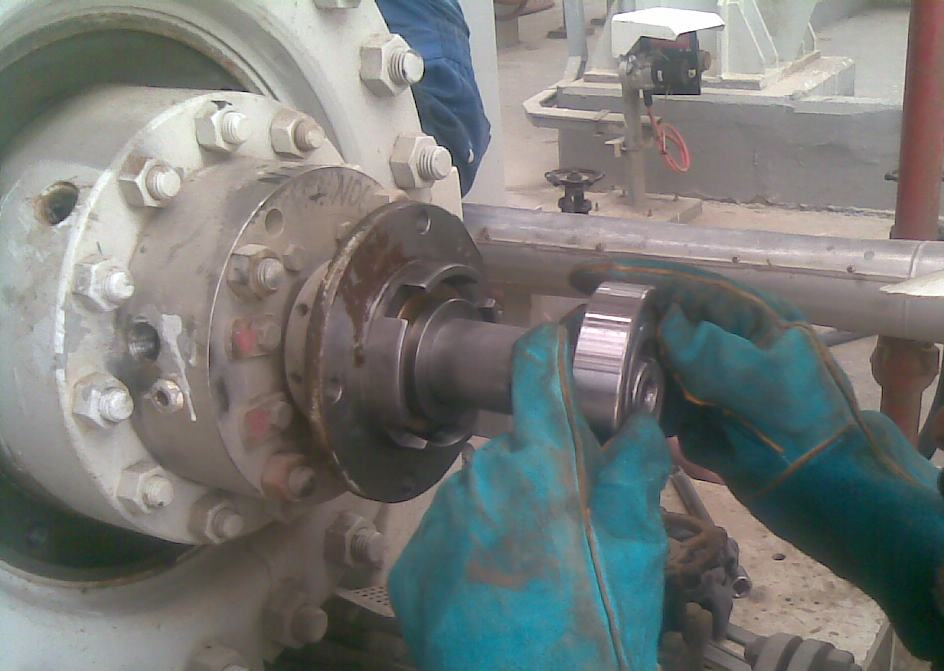Pumps are critical components in many industrial processes and applications. They are used to transfer fluids, gases, or other substances from one location to another. Problems with pumping equipments cause not only inconvenience but can also contribute to loss of production. An efficient operation depends on trouble-free pumping. Effective troubleshooting of pumps is crucial for minimizing downtime and preventing further damage to equipment, ultimately saving time and money.
Therefore it is very important to understand the troubleshooting of pumps. Troubleshooting skills also enable maintenance personnel to identify the root cause of the problem and implement preventative measures to avoid similar issues in the future.
Table of content:
Pump problems and solutions
Frequent troubles for specific pump types
Pump problems and solutions
Frequently occurring problems in pumps with the possible causes pertaining to them and steps to solve these problems have been discussed below.
1. Insufficient pump capacity
Insufficient pump capacity can cause the pump to not meet the flow and head requirements of the system it is intended to operate in.
Possible causes for the issue of insufficient pump capacity are as given below.
- Suction pipeline not fully filled with fluid.
- Insufficient NPSH.
- Excessive gas in liquid.
- Air leakage into the pump or to the suction line.
- Partial blockage of impeller.
- Worn-out bearing rings.
Steps to solve the issue of insufficient pump capacity are discussed here.
- Review the pump sizing to ensure that it is correctly sized for the system requirements.
- Inspect the pump components, such as the impeller and bearings, for wear and tear and replace them as needed.
- If the above steps do not solve the issue, consider installing a larger pump that meets the flow and head requirements of the system.
2. Pump does not deliver
When a pump does not deliver, it means that the pump is unable to move the fluid as expected, resulting in insufficient or no flow. This can be a serious problem that can cause system shutdown, reduced system performance, and potentially catastrophic failures.
There are several reasons why a pump may not deliver, which are listed here.
- Pump not primed.
- Insufficient margin between suction pressure & vapour pressure at suction condition (insufficient NPSH).
- Air pockets in suction lines.
- Air leaks into suction lines.
- System head higher than pump total head.
- Parallel operation of pumps with different characteristics.
- Foreign material in the pump impeller.
Here are some steps to solve this issue.
- Check if the suction or discharge line is blocked or partially blocked. Clear any obstructions if found.
- If air is present, bleed it out of the system to ensure that the pump can create the necessary pressure to move the fluid.
- Inspect the pump for mechanical problems such as wear or damage to impellers, wear rings, or other pump components that may be reducing pump efficiency and flow rate.
3. Pump loses priming after start-up
Losing pump priming after start-up is a common problem in pumps. Priming refers to the process of filling the pump casing and suction piping with the fluid being pumped before starting the pump. Losing the pump's prime can cause a loss of flow and can damage the pump's mechanical seal, bearings, and impeller.
Here are some possible causes for this issue.
- Insufficient filling of suction piping.
- Insufficient NPSH due to pressure variation at suction.
- Air or gas entry to pump.
- Variation of submergence.
Here are some solutions for this issue:
- Air leaks in the suction piping, pump casing, or seals can cause the pump to lose its prime. Check for any leaks and fix them immediately. Use a vacuum gauge to identify any leaks in the suction line. Tighten connections or replace damaged piping, gaskets, or seals.
- A clogged inlet strainer in the suction line can prevent proper fluid flow, causing the pump to lose its prime. Clean or replace the strainer if it is clogged.
- Ensure the suction line is correctly sized and free from obstructions. Check for any bends, kinks, or obstructions that may prevent proper fluid flow. Ensure that the pump is not too far above the fluid level, which can create suction lift problems.
- Ensure that the fluid level in the source tank or reservoir is maintained. If the fluid level is too low, it can cause the pump to lose its prime.
- Installing a foot valve at the end of the suction line can help prevent the pump from losing its prime. The foot valve ensures that the fluid remains in the suction line, preventing the pump from losing its prime.
4. Motor getting overloaded
Several factors that can cause the issue of motor overloading in pumps are as discussed here.
- Pump operates at higher speed.
- Higher system head.
- Lower system head.
- Different specific gravity of liquid.
- Different viscosity.
- Improper fixing of packing.
- Rubbing of rotating parts with stationary parts.
To solve the issue of motor overloading, you can try the following steps.
- Ensure that the pump is designed to handle the specific fluid being pumped and the required flow rate.
- Ensure that the pump is not being operated beyond its recommended capacity.
- Ensure that the motor is sized correctly for the pump's load requirements.
- Ensure that the discharge line is not blocked or restricted, causing the pump to work harder.
- If the motor is overloaded due to high pump load, reduce the load by adjusting the impeller size, reducing the flow rate, or reducing the head.
- If the system pressure is too high, it can cause the pump to overload. Reduce the system pressure by adjusting the discharge valve or adjusting the pump speed.
- Overheating can also cause motor overload. Improve motor ventilation by ensuring that the motor is properly ventilated and not covered or blocked.
5. Vibration of pump
Vibration in pumps is a common issue that can be caused by several factors discussed below.
- Gas entry into pump.
- Operation at capacity less than minimum flow.
- Foreign material in impeller, causing imbalance.
- Misalignment.
- Damaged bearings.
- Foundation not rigid.
- Shaft bent.
- Rotor imbalance.
To solve the issue of vibration in pumps, you can try the following steps.
- Use a balancing machine to balance the rotor and reduce vibration.
- Align the shaft correctly using laser alignment tools to reduce vibration.
- Change the operating frequency of the pump to avoid resonance.
- Tighten any loose parts and ensure that all bolts and bearings are secure.
- Increase the NPSHa or decrease the NPSHr to avoid cavitation and reduce vibration.
- Flexible couplings can absorb vibrations caused by misaligned shafts.
- Check the foundation for any cracks or damage that can cause vibration.
6. Frequent damage of bearings
Here are some possible causes for this issue.
- Misalignment.
- Bent shaft.
- Worn-out bearing (spurious).
- Shaft eccentricity due to misalignment.
- Excessive thrust due to worn-out balancing hole or due to blockage.
- Excessive grease or oils in bearings.
- Insufficient lubrication.
- Incorrect fitting of bearings.
- Excessive cooling of bearing housing.
- Rusting of bearing due to water entry.
You can try the following steps, to solve the issue of frequent bearing damage in pumps.
- Ensure that the bearings are lubricated according to the manufacturer's recommendations.
- Use protective seals and keep the pump and bearings clean to prevent contamination.
- Avoid overloading the pump and operate it within the recommended limits.
- Follow the manufacturer's instructions to install the bearings correctly, including proper preload and alignment.
- Perform regular maintenance, including visual inspections, cleaning, and lubrication, to prevent bearing damage.
- Monitor the vibration levels to detect any abnormalities that could indicate bearing damage.
7. Seizure of rotors
The issue of seizure of rotors is a common problem in pumps that can cause the pump to stop functioning properly. The seizure of rotors occurs when the rotor or impeller becomes locked in place and is unable to rotate.
This can be caused by several factors that are discussed here.
- Entry of foreign material.
- Rotating part rubbing.
- Worn-out bearings.
- Insufficient clearance of bearing rings.
- Lube oil failure.
To solve the issue of seizure of rotors in pumps, you can try the following steps:
- Ensure that the rotor and stator are adequately lubricated to prevent friction and wear.
- Use filters or screens to prevent foreign objects from entering the pump.
- Monitor the temperature of the pump and ensure that it does not overheat.
- Align the rotor and stator correctly using laser alignment tools to prevent uneven wear.
- Perform regular maintenance, including cleaning and inspection, to prevent corrosion and identify any issues before they cause seizure.
Frequent troubles for specific pump types
Centrifugal Pumps: Hydraulic troubles, like failure to deliver any liquid, low discharge pressure, and others, are more common and more difficult to solve. It is estimated that, except for mechanical defects, about 85% of the troubles met with centrifugal pumps occur on the suction side of the unit.
Reciprocating Pumps: Typical common troubles include failure to discharge, low discharge pressure, short stroking, speed too high, long-stroking, vibration, stalling, discharge-pressure fluctuation and excessive stuffing-box leaks.
Rotary Pumps: The most common troubles in rotary pumps are failure to discharge, excessive noise, rapid wears, reduced capacity, excessive power consumption, and loss of suction.
End suction pump: Frequent and regular seal failure in a horizontal, end suction centrifugal pump or a packed pump indicates an undersized shaft that is subjected to excessive deflection.
When a pump is operating at its Best Efficiency Point (BEP), the radial forces exerted on the shaft through the hydraulic loads on the impeller are minimal and do not affect the shaft. However, when the pump is not operating close to the BEP, the radial forces on the shaft are excessive, causing shaft deflection. This problem can be solved by using a double volute design, which balances the radial loads and minimizes the effect on the shaft.
Double suction pump: When a 90-degree elbow is attached to the suction nozzle of a horizontal, double-suction pump in a way that the line leading to the elbow is parallel to the pump shaft axis, it can create an imbalance of liquid in the pump casing.
This causes centrifugation of the liquid towards the long radius and feeds the impeller's eye on one side, resulting in the opposing eye being starved. Consequently, this can cause excessive axial thrust on the impeller leading to frequent mechanical seal or bearing failure.




